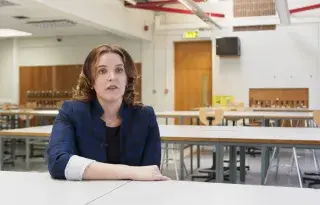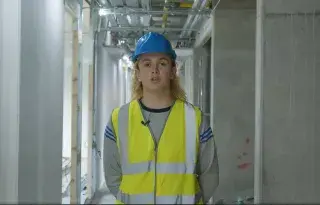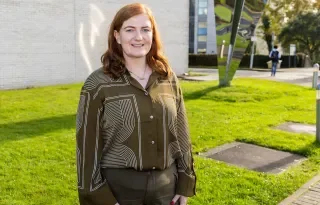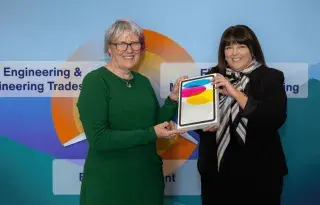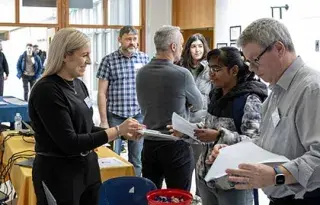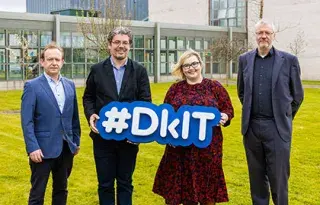BSc in Building Surveying

Search to find a different course
Course Overview
Students will develop the skills required to support the building surveying industry, including evaluating the design, specifications, and performance of buildings. The topics used to build this expertise include: BIM, AutoCAD, Building Pathology, Building Refurbishment, Materials Performance and Building Surveys.
At the end of Year One, Building Surveying students may request to transfer to the Architectural Technology course.
Throughout the three years of the course students will share modules with Architectural Technology, Construction Management and Quantity Surveying students. In this way students have a unique opportunity to work in interdisciplinary teams and thus develop skills essential to the working environment.
What makes this course different
Vital Professional Edge
100% of graduates said this course was essential or gave them an advantage in their career and 67% of graduates were in employment 6 months after graduating (DkIT/ HEA survey).
Work Placement
In Year 3 students undertake an industry work placement where they gain important contacts within the industry to help them in their future careers.
Accredited by the SCSI
This degree has been accredited by the SCSI (Society of Chartered Surveyors Ireland).
Understanding the Industry
Building Surveyors are qualified to design and oversee the construction of new buildings. They specialise in the sustainable management, maintenance, and upgrade of existing buildings. The construction sector is seeing an increase in activity driven by demand for the refurbishment of existing buildings for energy efficiency purposes.
Career Opportunities
Future Careers:
- Building Surveyor
- Commercial/Residential Surveyor
- Planning and Development Surveyor
In these areas:
- Engineering
- Construction
- Retrofitting
- Estates Management
Graduates work at
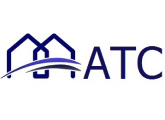
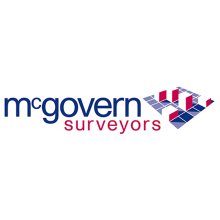
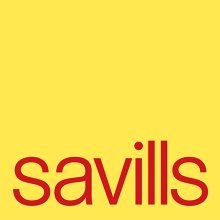
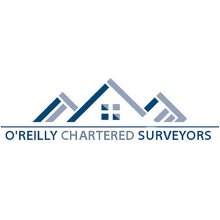
Course Delivery and Modules
- Construction Technology
- Domestic Construction (Project)
- Services for Domestic Buildings
- Measured Surveys
- Building Quantification
- AutoCAD
- BIM
- Construction Technology
- Building Surveys
- Building Pathology
- Building Surveying Project
- Materials Performance and Specification
- Building Regulations
- Services for Commercial Buildings
- Structures
- BIM
- Construction Technology
- Health, Safety and Environmental
- Procedures and Documentation
- Planning and Development Control
- Building Control
- Work Placement Semester
Work placement
In 3rd year students undertake a 1-semester work placement with a host company. The placement is arranged through the dedicated Placement Office. This provides students with a valuable opportunity to develop their professional skill sets and start to build their career networks.
Professional Accreditations
This degree has been accredited by the SCSI (Society of Chartered Surveyors Ireland).
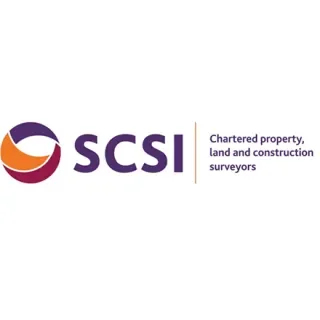
Education Progression
On completion of this course, students will be eligible to transfer to Year 4 of the Level 8 course: BSc (Hons) in Building Surveying.
BSc (Hons) in Building Surveying
Fees and Funding
Please find information on fees and funding here: www.dkit.ie/fees
Entry requirements
Standard entry requirements apply. There are no special entry requirements for this course.
- Standard Requirements for Leaving Certificate Applicants
- Standard Requirements for UK/NI Applicants
- Standard Requirements for QQI-Further Education Applicants
Recent CAO points
Course Related Videos
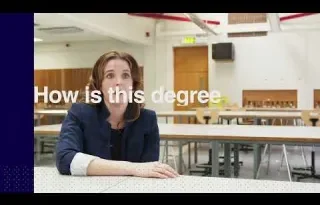
How to apply
Apply on CAO
All standard entry first-year applicants must apply for entry through the CAO. See Important application dates for CAO and information for specific applicant types below:
Advanced Entry & Transfer Applications
Advanced Entry is for applicants who have previous educational achievements and/or work experience and want to be considered for direct entry into year 2, 3, or 4 of a course. This includes students looking to transfer to DkIT from another Higher Education provider.
International Application (non-EU)
International Applicants (not from or living in the EU) can apply through an agent or directly to DkIT to study this course.
Ask us a Question
If you have a question about the BSc in Building Surveying please ask it below and we will get back to you.
Course News
View all NewsDisclaimer: All module titles are subject to change and for indicative purposes only. All courses are delivered subject to demand and timetables are subject to change. Elective Module options will only run subject to student numbers. The relevant Department will determine the viability of each elective module option proceeding depending on the number of students who choose that option. Students will be offered alternative elective modules on their programme should their preferred elective option not be proceeding. Award Options for Common Entry Programmes: The relevant Department will determine the viability of each award option proceeding depending on the number of students who choose either option. If the numbers for one of the Award options exceed available places, students for this option will be selected based on Academic Merit (highest grades).
